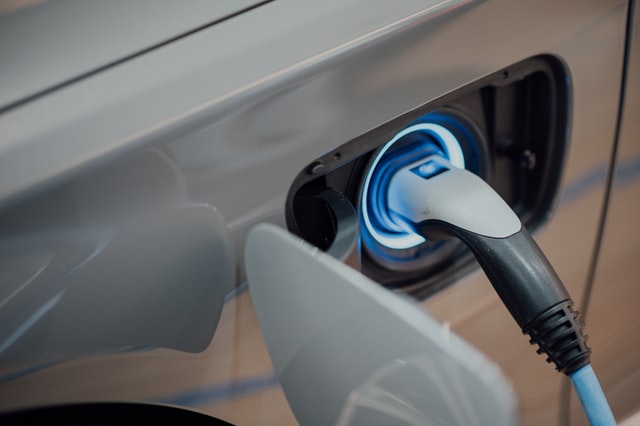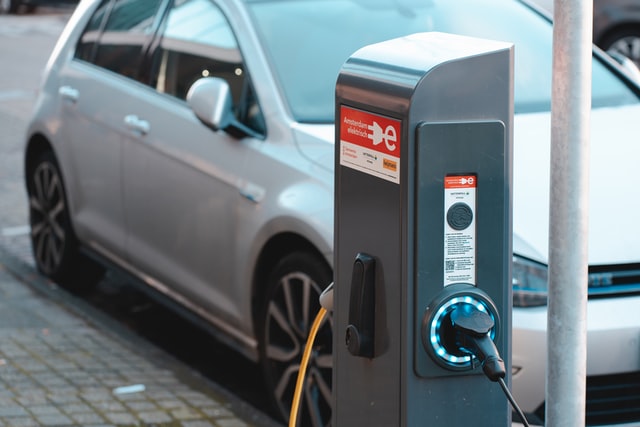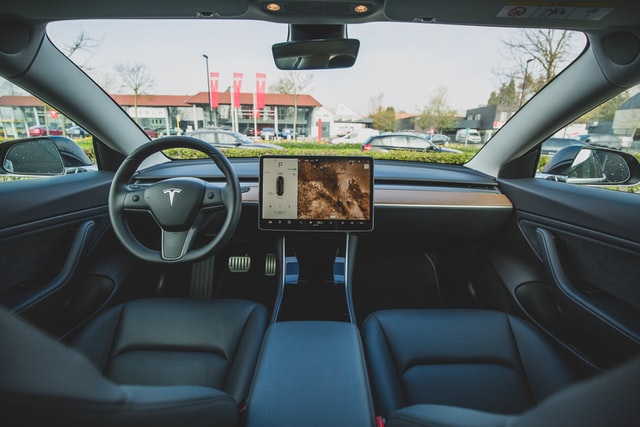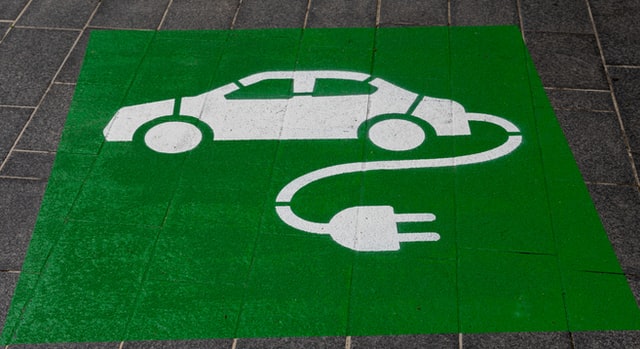If you haven’t been keeping up with gas prices lately, you might not have noticed that prices at the pump are getting extremely high — but they are. Not only are cost savings an important reason for switching to an electric car, but it’s also, as we know, much better for the environment.
Technology, education, and availability have come a long way in the last few years towards increasing the practicality of having an electric vehicle (EV) and charging it at home easily. Now, installation is straightforward for an electrician, and you can quickly charge your electric car without having to rely only on a commercial charging station.
How do you install a home electric car charger?
There are three different types of electric vehicle chargers, and each has different availability, ease of installation, and time to charge. Let’s have a look!
Level 1 – A Level 1 charger has some advantages and disadvantages. Depending on how you plan to use your electric car, the pros might outweigh the cons or vice versa. A Level 1 charging station comes with a standard 120-volt household plug-in. It connects directly to any standard outlet in your home and will charge your electric vehicle from there. That’s the big plus — you can plug it in anywhere!
The downside of this style of charging station is that it takes longer than other options. Since your 120-volt outlets are limited at just that, the speed at which you can charge your electric vehicle is limited. You’ll typically get only about 5 miles of driving charge from one hour of charging time on this type of charger. Not bad if you don’t use your car to go distances frequently or have long times between uses, but a bit slow if you need to do a 50-mile commute twice a day.
Level 2 – Level 2 is more common these days for people who regularly use an electric car to do regular, day-to-day driving and who don’t have large spans of time between uses. Level 2 charging stations must be installed by an electrician and require a bit more planning in advance regarding where your electric vehicle will park, how long of a charging cord you will need, other vehicles that may need to park in the same space, etc.
You’ll find a significant difference in the time to charge between Level 1 and Level 2, with Level 2 providing between 12-80 miles of driving range per hour of charge. This isn’t an insignificant amount of charge and is likely the most practical solution for daily drivers who don’t want to be beholden to their charging stations.
DC Fast Charging – By far the fastest way of charging an electric car, a DC fast charging station will give you an average of 40 miles of driving range for every 10 minutes of charging. This is a massive difference from Level 1 or Level 2, but for good reason. The infrastructure required for the DC Fast Charge means that, at this time, it’s not a solution that can be put into residential areas. You’ll have to find these charging stations in public places like service stations and parking garages. The good news is that they are becoming far more common, especially in urban areas. Do a quick Google search in your location for “electric car charging station” and see how many pop up near you — it’s probably more than you think!
How much does an electric car charging station cost?

Level 1 – All electric vehicles come with a standard Level 1 charger that plugs into any 120-volt outlet. The cost is included in the price of your vehicle. It does not require an additional installation in your home (unless you do not have an outlet in a suitable or reachable location, in which case, you may have to hire an electrician to put a new outlet in a better area for you to charge your electric vehicle at.)
Level 2 – Level 2 charging stations cost about $400, and the installation done by an electrician can be anywhere from $400-$1,500, depending on your location. If you don’t park in a garage, you can still install a Level 2 station with a cable that can reach you if you’re parked in a driveway or carport, for example.
Electricity Cost Vs. Gas Cost

There’s no doubt that charging your electric car at home will bump up the cost of your electrical bill. However, the rate of that increase will most likely still cost you far less than you’d be paying for gasoline in the same time period. The extent to which this is the case will vary from location to location, as gas prices are variable throughout the country and volatile based on economic events, international relations, and supply chain issues. Additionally, there are many different incentives, rebates, and discounts for purchasing an EV and installing a charging station at home. Between those and your reduced fuel bill, going green is a pretty attractive option that will definitely cost you less than driving a traditional gas vehicle.
The efficiency of electric vehicles is measured using the EPAs standard of MPGe, meaning Miles Per Gallon Equivalent. Using this, it’s been found that BEVs are 420% more efficient than a traditional gas vehicles. You can imagine how quickly the savings add up with those kinds of numbers, not to mention all of the emissions you’d be keeping out of our atmosphere!
Types of Electric Vehicles

There are three main types of electric vehicles that are commonly found, and a fourth type that is newer and less common.
Battery Electric Vehicle (BEV)
You might hear BEVs referred to as “all,” “pure,” or “full” electric, and this is precisely as it sounds. Unlike their hybrid cousins, BEVs are entirely battery-powered. They can be charged overnight at Level 2 charging stations or in about 30 minutes at a DC Fast Charging Station.
If you’re looking at a full EV, something to consider is how far you’ll be from the nearest DC Fast Charging Station, if your daily commute takes you past one, and how reliable your residential power grid is. While this likely won’t be an obstacle for urbanites, those who live in more remote areas might need to consider a hybrid instead of full-electric if you’re on off-grid power or live in an area with frequent possible storms or power outages.
Plug-In Hybrid Electric Vehicle (PHEV)
A PHEV is all in the name – like the traditional hybrid, these vehicles run on a combination of gasoline and electricity. Unlike the regular hybrid, you can charge the plug-in models via any external electrical sources we’ve discussed.
This can be an attractive option for those worried about the availability of charging stations, frequently go on longer drives and may need to switch to gasoline as a backup, or just aren’t quite ready to take the full BEV plunge just yet.
The big draw of PHEVs is that you don’t need to have gas in your tank for your vehicle to operate — it’s optional. This means that it could be a good way to test how an EV fits into your lifestyle and whether it is practical for you to switch to a BEV in the future.
Hybrid Electric Vehicle (HEV)
Hybrid vehicles are very similar to PHEVs, except they do not have the external charging option. Their electric power runs off of an onboard battery, and it’s important to note that in contrast to the PHEV, hybrids must always have gas in the tank to run.
These types of electric cars were among the first popularized EVs and are now among the most affordable options. However, tax credits are available for more expensive PHEV models, which can even out that price point.
Hydrogen Electric Vehicle
Worth mentioning if you’re not in the market for an alternatively powered vehicle just yet, the hydrogen fuel cell cars likely aren’t practical at the moment but maybe in the future. Like a BEV battery, hydrogen-powered vehicles need to have the tank refilled every 300 miles. This sounds amazing, but there are only currently a handful of hydrogen filling stations scattered across the US. So for now, unless you live close to one, you might have to hold out on this type of car.

Electric vehicles are getting more and more advanced, and we’ll likely see that option growing in popularity as the cost of gasoline rises and EVs get better and better. With an overview of the costs, installation, and practicalities of having an electric car charging station at home, you’ll be able to make the best choice for your lifestyle. Happy charging!




